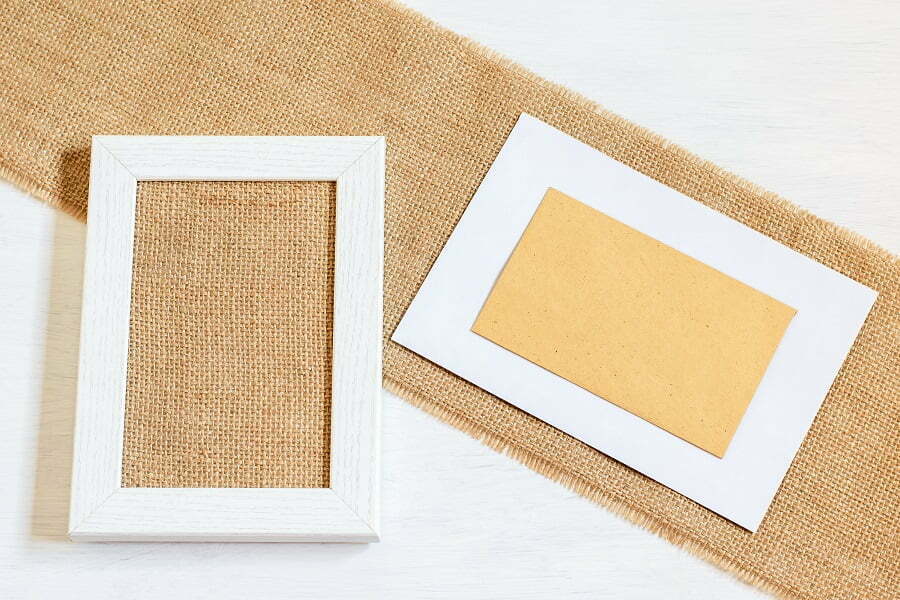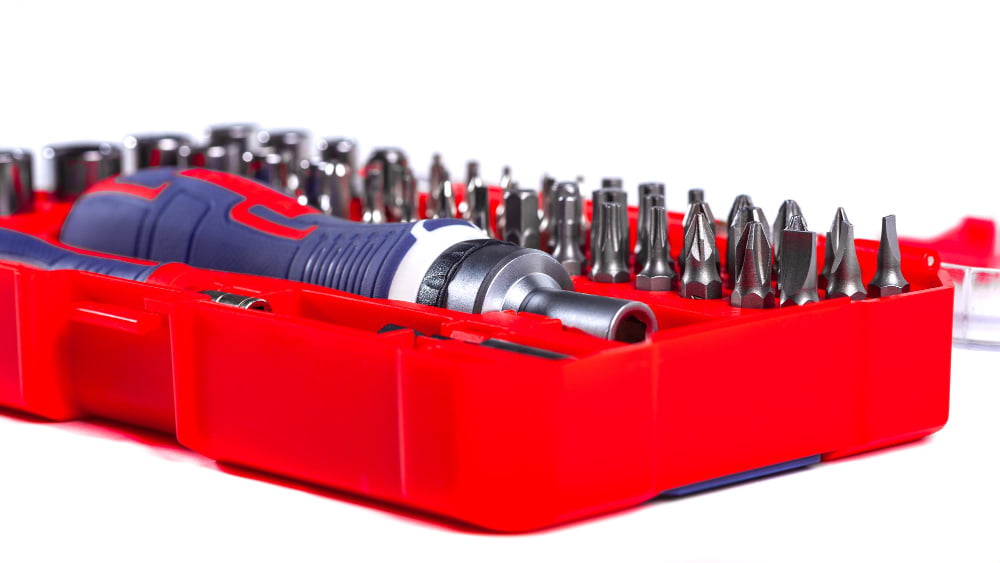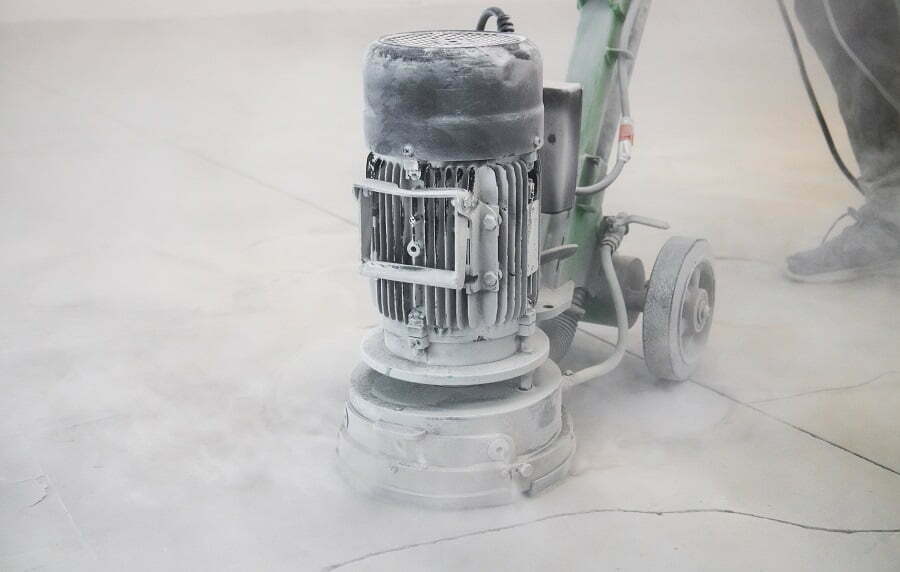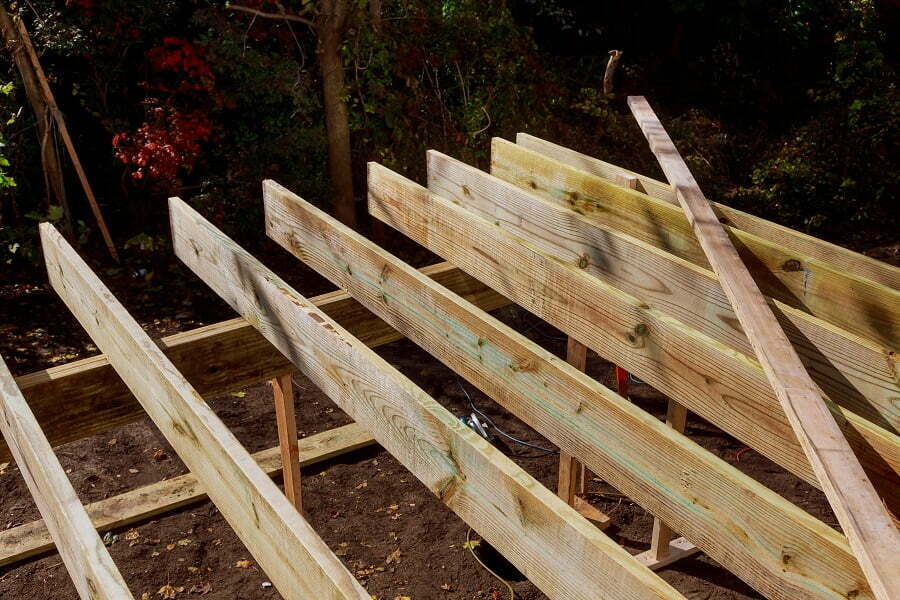Last updated on
Work smarter, not harder – is an adage we’ve all heard. It makes more sense, so here are a few woodworking tips to help you get more organized and efficient.
Woodshop is arguably the most underappreciated industrial arts class in high school. Learning to work with wood is not only useful for making and repairing items around the house, but it also helps you to engage with a long tradition of craftsmanship.
Woodworking was one of the first talents created by mankind; the pre-industrial world was mostly built of wood, and for thousands of years, all men had a basic knowledge of how to shape wood and use it in daily life. Tradesmen and professionals alike had the ability to build wooden shelves, cupboards, and even seats for their families until the second part of the twentieth century.
Woodworking has evolved from a basic necessary skill to something nearly mystical or awe-inspiring in our age of plastic and machines. Because most 21st-century consumers are accustomed to visiting large box stores to buy a mass-produced replacement if their table or chair breaks down, in today’s world, any man who can go to a lumber pile with a saw and a plane to create a beautiful and long-lasting replacement is regarded as a “genuine craftsman.”
Although there is widespread reverence for manual skills, the truth is woodworking is not a secret. And, happily, it’s never too late to learn the skill, if you have not paid attention to your shop class in high school, and feel unprepared to try a simple carpentry project. Here’s a list of some fundamental skills you should work on. None of these expertise necessitates the use of pricey, dangerous machinery or unusual tools. They are the fundamental abilities that any woodworker should possess.
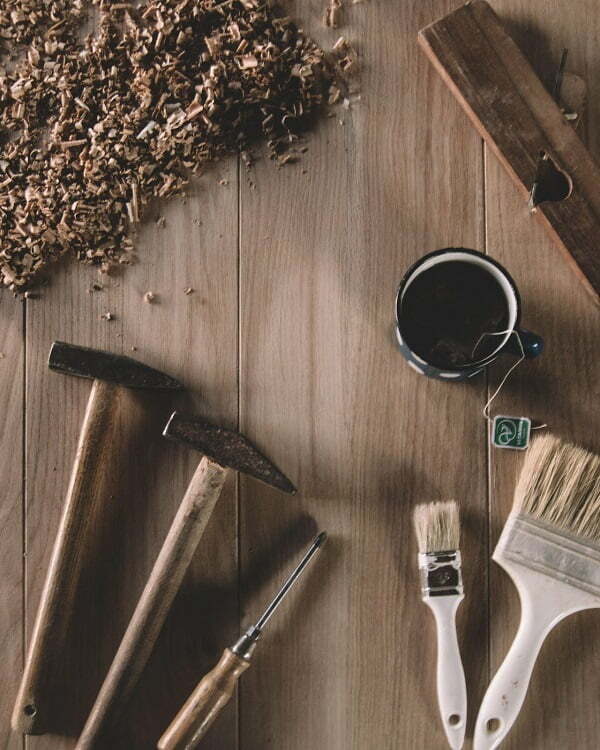
Visit woodworkingtoolkit.com for more ideas, reviews, and tips!
Make a Pencil Half
Your work pencil should be split from the bottom to the middle. When using a template to measure or write on something, this lets the pencil pass through precisely.
Two Nails on a Straight Board
To create any type of angle shooting board, what you need are two nails plus a straight board. All you have to do now is cross the nails on the board.
Make Use of Rubber Pads
Rubber pads can be placed under the foot of your bench to prevent them from sliding around and getting into an accident. It functions similarly to a pair of sneakers.
Always Use a Brush
To remove the chips, you should ALWAYS use a brush. Because sharp equipment may induce an accident for which you are not prepared.
Understand How Wood Functions And Behaves
Before using any tool on your timber, first, you need to determine its proper orientation and the direction in which you should plane the board. Growth ring layers continue to assemble on one another as trees grow, resulting in lovely grain in the boards. If we neglect the best working direction, this grain can make the gliding process more difficult. Working with wood grain is similar to petting a cat: if you move from tail to head, the fur will stand straight and you may get an unpleasant hissing reaction, but if you move from head to tail “with the grain,” the hairs will lay down lovely and smooth and purring will result.
It’s also crucial to know how wood expands and shrinks with the change of humidity levels throughout the year. This natural feature should be taken into account in any timber building, and ignorance of it can be devastating.
Saws, Planes, and Chisels Should All Be Sharpened
Too many people have the misconception that working with wood by hand is extremely difficult merely by using a dull instrument. It’s an aphorism among woodworkers that you should “let the tool do the work” if you want the work to proceed nicely. You aren’t doing yourself any favors if your saw requires a lot of effort to cut or if you require a running start to make shavings with your hand plane. Sharpening your tools is a fundamental skill since it is something that must be done on a regular basis. Working with dull instruments is not only inefficient but also dangerous.
When you have to push the chisel with your body mass to finish the cut, you will lose all control and the tool will stab into whatever it comes into contact with. If you know how to sharpen your tools, you’ll discover that woodworking is fun, safe, and efficient.
Excess Glue Stains Should Be Avoided
Clamp the pieces together without adhesive to avoid stains produced by seeping glue at joints. Apply masking tape to the junction and use a utility knife to cut it out. After that, separate the pieces, add the adhesive, and reassemble them. Instead of oozing onto the wood, the glue will leak onto the tape. Remove the tape before the adhesive dries.
When Working With Wood, Try to Avoid Drywall Screws
For better outcomes, instead of a drywall screw use a regular wood screw when joining two pieces of wood. The complete length of a drywall screw is threaded. Because the top threads tend to grasp the first board they enter, threads in both boards can marginally push two pieces of wood apart. A flat shank on the top of a wood screw, on the other side, will not grab the first board. This makes clamping two pieces of wood together a lot easier.
Another reason for avoiding drywall screws is because the hardened, brittle steel shafts frequently break during installation, particularly while screwed into hardwoods. It becomes impossible to remove them out of a completed substance, and doing so ruins the surface. Wood screws are constructed of a thicker, softer metal that is more resistant to breaking.
Using Coconut Oil to Refinish Wood
Coconut oil, one of the finest and most diverse finishes, can be used to create a warm, non-shiny, and easy-to-maintain wood finish. If you haven’t tried polishing wood with coconut oil, whether you’re new to woodworking or a seasoned DIY master, you should absolutely give it a try. The coconut oil finish is much easier to work with than typical wood oil, and it will leave your wood shining. It also hides flaws and scratches.
The Takeaway
You cannot master carpentry in one night, so try to devote a significant amount of time to it. You must, however, ensure that the time you invest is worthwhile. Because if you’re not in it for the long haul, it’ll be a waste of time. This beginning woodworking advice may be more beneficial to you than you realize. As a result, make sure to employ them whenever and wherever possible. Best wishes on your new adventure with woodworking.
Liked reading this? Here’s more:
Recap:
